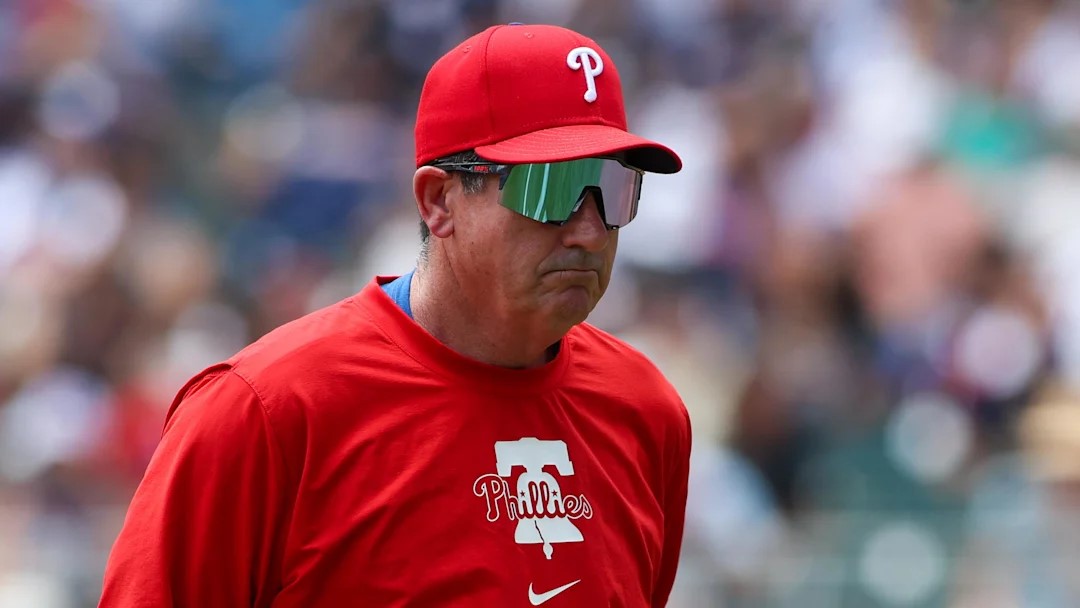AFC Wimbledon’s 2019 Plough Lane Decision: A Turning Point in Fan Ownership
Back in November 2019, AFC Wimbledon fans faced a critical moment in the club’s history, one that would shape the future of football in SW19. The decision concerned the club’s return to Plough Lane, a long-awaited homecoming that hinged on raising £11 million to complete the stadium project. For a fan-owned club operating on limited resources, this figure seemed insurmountable. The Dons were at a crossroads: should they raise the funds themselves or accept outside investment, risking the loss of control over their beloved club?

Fans resolutely rejected the idea of external investment, a decision that would require them to fund the project entirely on their own. Nearly four years later, Wimbledon fans can look back with pride, knowing they stood firm during a time of immense pressure.
£11 Million Needed: A Defining Moment for AFC Wimbledon Fans
For AFC Wimbledon, a club already punching above its weight, the £11 million figure felt like a massive blow. Failure to secure these funds would have resulted in significant compromises to Plough Lane, the symbolic homecoming for the club. Features like conference and banqueting facilities, additional covered seating, and a dedicated fan zone were at risk, threatening to undermine the stadium’s sense of home.

In the face of this financial challenge, the club presented its supporters with several options: borrow heavily, build a limited version of the stadium, or accept outside investment, risking a loss of fan control. Having already contributed £2 million through a Seedrs crowdfunding campaign, many doubted whether supporters could muster the necessary funds once again.
However, the Dons supporters proved their resilience. They rallied together and created a bond issue, aptly named The Plough Lane Bond, raising £9 million out of the £11 million needed. The first bond alone raised £5.6 million, becoming the largest football bond ever issued.
Avoiding the Fate of Reading FC
Thanks to the Plough Lane Bond, AFC Wimbledon avoided the financial troubles experienced by clubs like Reading FC under external ownership. The Dons remained fan-owned, and the stadium was completed without selling the club’s future to outside investors.
Though the club’s fortunes on the pitch have seen ups and downs since moving to Plough Lane, including a relegation from League One to League Two, AFC Wimbledon is on the rise again. High attendance figures reflect growing fan support, with the club positioned just outside the play-off spots, buoyed by several games in hand.
AFC Wimbledon’s Home Attendance Growth (2021-2025):
| Season | Matches | Spectators | Average Attendance |
|---|---|---|---|
| 2021/22 | 23 | 161,786 | 7,034 |
| 2022/23 | 23 | 174,900 | 7,604 |
| 2023/24 | 23 | 181,535 | 7,983 |
| 2024/25 | 3 | 23,007 | 7,669 |
The decision to reject outside investment has been vindicated, with Wimbledon preserving its unique fan-ownership structure. Nick Robertson, co-founder of ASOS, did contribute funds to the stadium project, but as a local businessman and fan, his financial support came without strings attached.
As Wimbledon continues its journey at the Cherry Red Records Stadium, the fan-owned model has shown resilience, with no threat of outside interference forcing unwanted managerial or structural changes. In a football landscape dominated by wealthy owners and corporate interests, AFC Wimbledon’s story stands as a testament to the power of collective effort and the enduring spirit of fan ownership.



